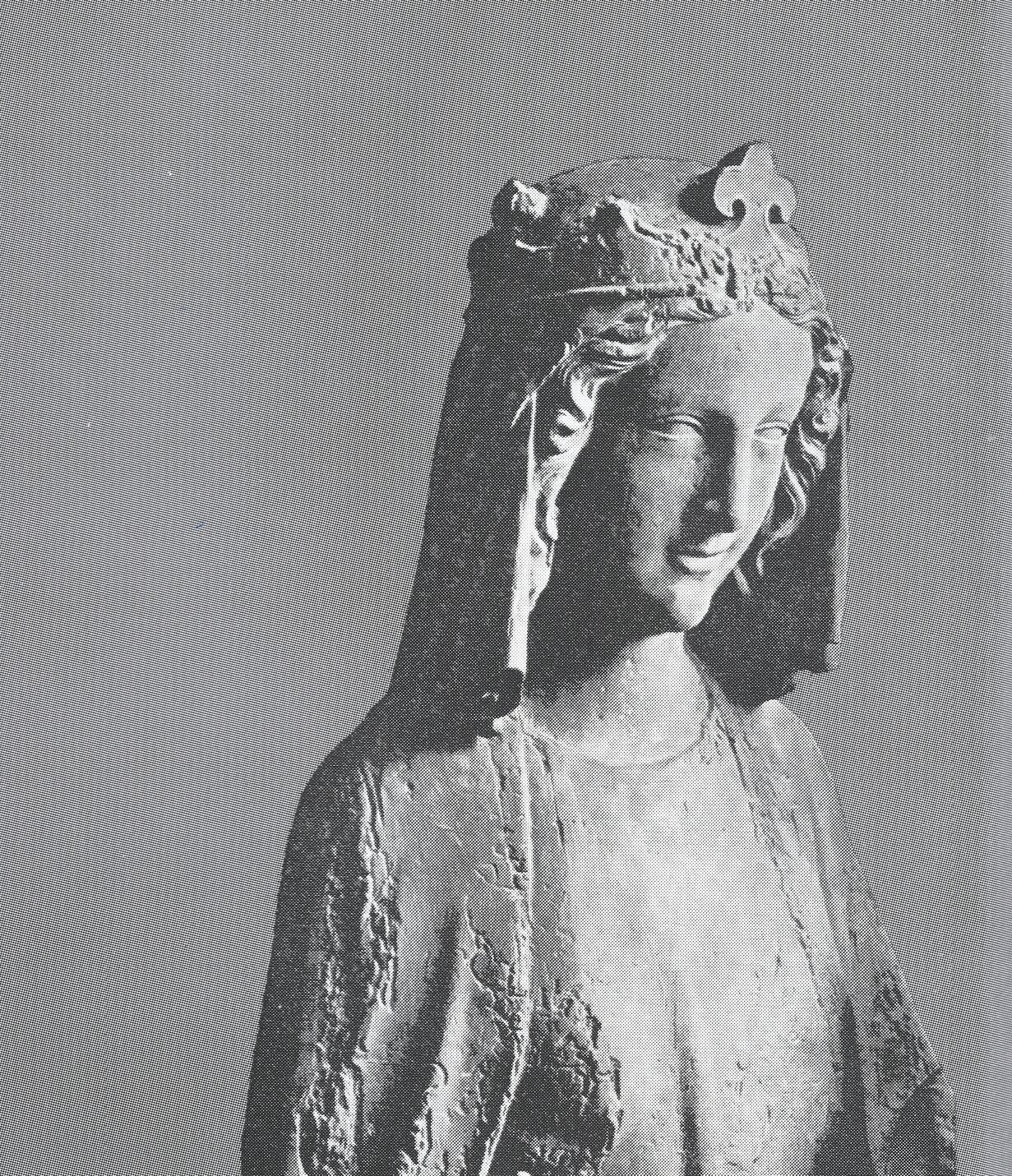A Marian Prayer: Regina Coeli
Translated from the French Montfort Missionaries’ Magazine by Fr. Roger Charest, SMM
Translation from the original French by Fr. Roger Charest, SMM
Queen of heaven, rejoice, alleluia!
The Son whom you merited to bear, alleluia!
has risen as He said, alleluia!
pray for us to God, alleluia!
V Rejoice and be glad, O Virgin Mary, alleluia!
R For the Lord has truly risen, alleluia!
Let us pray!
O God, who by the resurrection of your Son, Our Lord Jesus Christ,
have brought joy to the world, grant we beseech you, that through
the Virgin Mary, His Mother, we may obtain the joys of eternal life.
Through the same Christ Our Lord. Amen.
A Marian Prayer: . . .
IT IS PROBABLE THAT POPE . . .
. . . Gregory V (996-998) is, if not the author, at least the guarantor, of this prayer as we know it today. However, as a liturgical antiphon for Vespers of Easter Sunday, it appears only in the 12th century, in a manuscript of St. Peter’s in Rome. And it is only since the 17th century that it has replaced the Angelus during the Easter season. By that time, the Swedish Lutherans had transformed it into an antiphon referring to Christ: “Jesus, King of heaven, is now risen as He had said, Alleluia!”
The title of Mary as Queen is very ancient and has been confirmed by the recent Popes, such as Pius XII in his encyclical, “The Mystical Body of Christ.”
The Italian poet, Dante, affirms in his Divine Comedy (Cant. 32, V 120) that the saints in heaven sing the Regina Coeli! For us, here on earth, the words as well as the 13th century melody are inseparable from the paschal joy where the happiness of Mary, the mother, is linked up with the glory of her risen Son. — Willibrord-Christian van Dijk
HOLY MOTHER THE CHURCH, because she is our mother, teaches us all things.
She helps us to cross the thresholds of the Mysteries and to penetrate into the secrets of the Kingdom and, naturally – as an earthly mother does for her child – teaches us how to speak and to sing and, at all times, places on our lips the words which are pleasing to God and to His Saints. But who has taught us to celebrate with more spontaneity, refinement and poetry – now full of joy, now suppliant – than the Mother of the Savior, the Mother of the Church herself, the Virgin Mary?
. . . Regina Coeli
She has caused to bloom for us – who after so many centuries have made them our own – that beautiful crown of Marian antiphons, composed by some pious lay person, or by some unknown monk of the Middle Ages, and meant to be sung of Our Lady in all the seasons of the liturgical year. Thus, were composed, to the joy of her ever-faithful devotees, the “Hail, Holy Queen,” the “Loving Mother of the Redeemer,” the “Hail, Queen of Heaven” and the incomparable “Queen of Heaven, Rejoice,” which sustains our Easter joy, and which is rendered poetic by the victorious Alleluia!

Virgin of the Rosary. A 13th Century wood carving.
This is a scanned copy of the image that appeared within the original Queen of All Hearts magazine.
For, of all these antiphons, the Queen of Heaven, Rejoice is the most festive, the most suitable to the various hours of the day and to the moments of pure happiness which the Lord grants to his faithful ones.
Return to The Queen’s Articles
For, of all these antiphons, the Queen of Heaven, Rejoice is the most festive, the most suitable to the various hours of the day and to the moments of pure happiness which the Lord grants to his faithful ones. It is this canticle which rises spontaneously to the lips of the pilgrims to Chartres when from an almost limitless distance they glimpse, for the first time, the twin steeples of the “High-Dwelling” rising above the plain; or to the lips of the wanderer who, at the turn of an unknown road on a mountain top comes upon those ancient Calvaries, those centuries-old crosses impervious to rain or wind, and who trace the blessed sign of our salvation over so many familiar horizons.
Queen of Heaven, Rejoice
BECAUSE OF THE INEFFABLE mystery which it celebrates, . . .
. . . the un-hoped-for news which it announces, the Queen of Heaven, Rejoice is of itself a song of joy, the canticle of the most profound joy – that of the Son of God risen from the dead and that of His Church who invites the Virgin Mary to enter into the movement of the perfect joy which began with her fiat. But for us, Christians of the West, to this unspeakable joy of the Resurrection is associated an undoubtedly very modest joy, but a joy which nevertheless becomes one of the harmonies of the Queen of Heaven, Rejoice. Namely, that of the spring season – the renewal of earthly things which rightly accompanies the joy of the Church renewed in the Paschal mystery of its Lord.
Our Queen of Heaven, Rejoice, also becomes a hymn to Our Lady of Springtime, that of the earth and of the Church at the same time; for is not the marvelous springtime of the earth – which each year fascinates our eyes which have already forgotten. Is it not adorned with such beauty by God Himself to give us a glimpse of the unspeakable renewal which His love effects in our sinful souls? F. Cassingena


